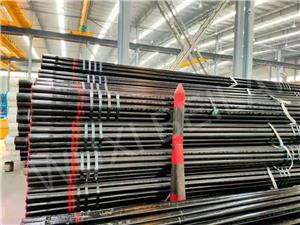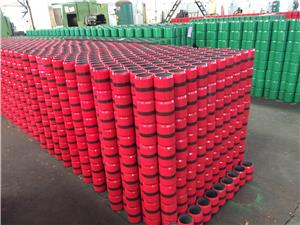How to remove boiler tube correctly?
Removing boiler tubes is a complex and important job that often needs to be done during industrial equipment maintenance, boiler replacement, or construction work. Proper disassembly procedures are essential to ensure the smooth running of the job, the safety of personnel and the protection of the environment, and require careful operation and expertise. This article details how to properly remove boiler tubes, including steps, safety measures, and expertise. Whether you are a professional technician or an individual interested in this field, you can get useful information from it.
1. Safety first:
Always put safety first before any demolition work. Ensure that all personnel involved wear appropriate personal protective equipment (PPE), including safety glasses, gloves, ear muffs, helmets, etc.Make sure the boiler is cooled and the pressure is drained to avoid hazards caused by heat and pressure.
2. Preparation:
Before starting the demolition work, make adequate preparations. This includes understanding the type, material and connection of boiler tubes.Obtain appropriate tools and equipment, such as wrenches, pipe cutting tools, pliers, welding equipment, etc.
3. Cut off the pipe:
If necessary, disconnect the pipe from other pipes or equipment first. This may require the use of pipe cutting tools or appropriate cutting methods.Before disconnecting, ensure that boiler tubes are no longer operating and are completely isolated from other systems.
4. Remove bracket and support:
If the boiler tubes are supported by brackets or braces, remove them first. Make sure the boiler tube does not have any support to prevent accidental dropping or rolling.
5. Remove the connecting part:
According to the connection mode of the pipe, take appropriate measures to remove the connection. This may include threaded connections, flanged connections, welded connections, etc.
For threaded connections, use a wrench or pliers to loosen the threads.For welded connections, it may be necessary to use a welding tool and heat the welded part to loosen the connection.
6. Handling hazardous substances:
If boiler tubes have been used to transport hazardous substances, such as chemicals or fuel, dispose of waste and residues in accordance with relevant regulations and safety standards.
7. Regular inspection and cleaning:
During the disassembly process, check the status of the boiler tube regularly. Check for any damage, corrosion, or other problems. Clean pipe after disassembly to ensure no residual material.
8. Safe handling of disassembly pipes:
Once the boiler tube has been removed, store it safely or transport it to the appropriate location with proper packaging and labeling.
9. Compliance with regulations and standards:
Always comply with relevant safety regulations and industry standards when carrying out demolition work. This helps to ensure the legitimacy and security of the work.




